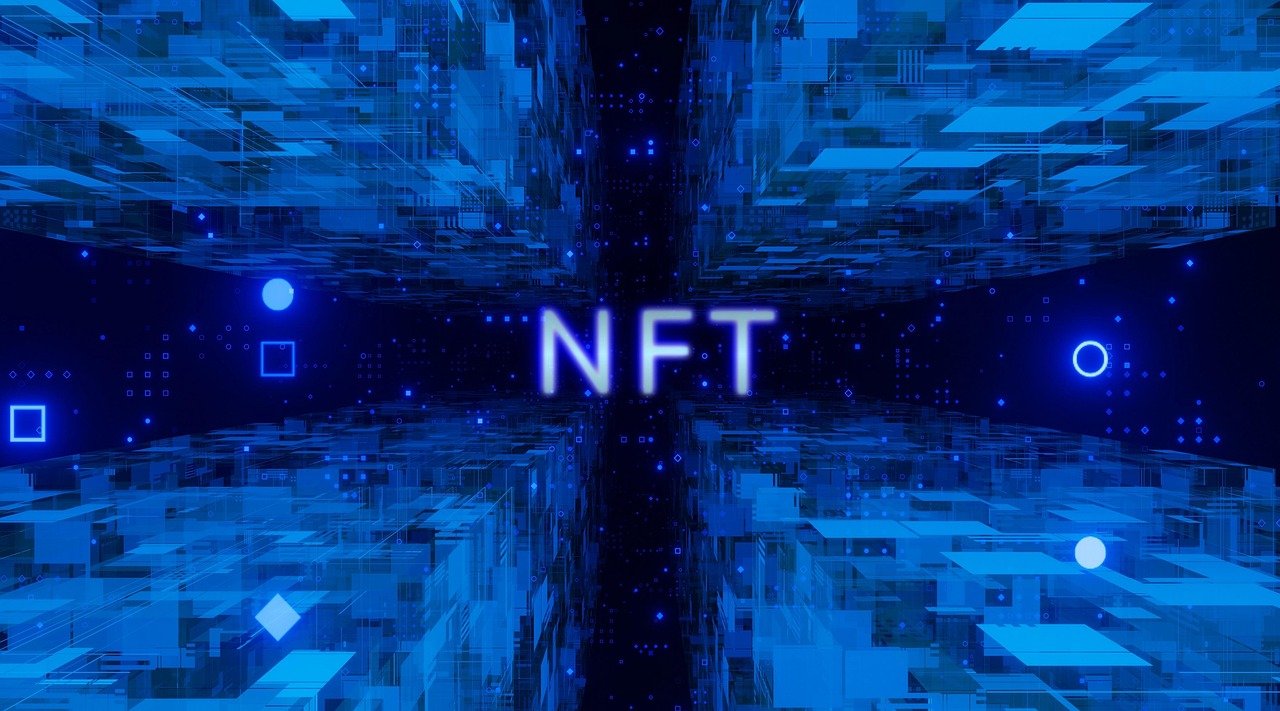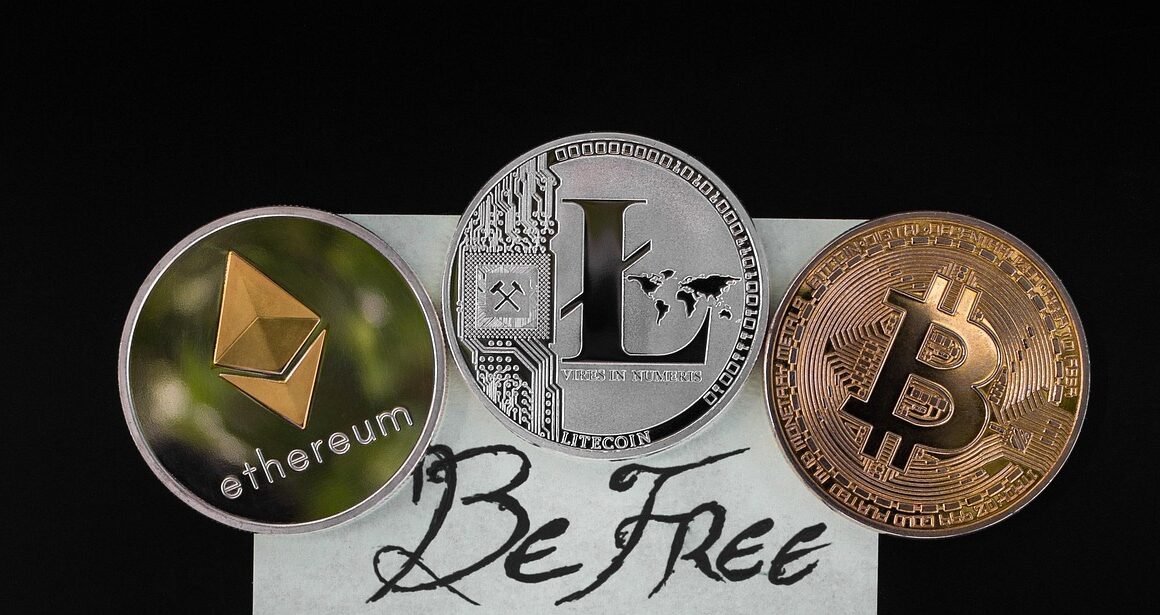Web3. It’s a term you’ve likely heard buzzing around the tech world, promising a decentralized, user-centric future for the internet. But what exactly is Web3, and how does it differ from the web we know and use today? This blog post will delve into the core concepts of Web3, exploring its key components, potential benefits, and the challenges that lie ahead. Let’s unravel the complexities and explore the exciting possibilities of this emerging paradigm.
Understanding Web3: The Next Evolution of the Internet
Web3 is often described as the next iteration of the internet, building upon the foundations of Web1 and Web2 while addressing their limitations. It represents a shift towards decentralization, where users have more control over their data and online experiences.
Web1 vs. Web2 vs. Web3: A Brief Overview
To understand Web3, it’s helpful to compare it to its predecessors:
- Web1 (1990s-2000s): A largely static web, characterized by read-only content. Users primarily consumed information, with limited interaction. Think personal websites with simple HTML.
- Web2 (2000s-Present): The interactive, social web we know today. Driven by user-generated content and centralized platforms like Facebook, Google, and Twitter. While offering increased interaction, Web2 suffers from data privacy concerns and platform control.
- Web3 (Emerging): A decentralized web built on blockchain technology, aiming to return control to users. Key features include:
Decentralization of data storage and ownership.
Increased transparency and security through blockchain.
Native cryptocurrencies and tokenomics.
Decentralized Autonomous Organizations (DAOs) for community governance.
Key Principles of Web3
Several core principles underpin the Web3 vision:
- Decentralization: Distributing control away from centralized entities (corporations, governments) and towards users and communities.
- Transparency: Utilizing blockchain technology to create auditable and verifiable records of transactions and data.
- User Ownership: Empowering users to own their data and digital assets, rather than relying on platforms to manage them.
- Trustlessness: Enabling interactions without the need for intermediaries, relying instead on cryptographic verification.
- Permissionless Access: Providing open access to networks and applications without requiring gatekeepers or centralized approvals.
Core Technologies Powering Web3
Web3 relies on a combination of technologies, with blockchain being the cornerstone. These technologies work together to create a more decentralized, secure, and user-centric web.
Blockchain Technology
Blockchain is a distributed, immutable ledger that records transactions in a secure and transparent manner. Key features include:
- Decentralization: Data is distributed across multiple nodes, making it resistant to censorship and single points of failure.
- Immutability: Once a transaction is recorded on the blockchain, it cannot be altered or deleted.
- Transparency: All transactions are publicly viewable on the blockchain (although the identities of the participants may be pseudonymous).
- Example: Ethereum is a popular blockchain platform used for building decentralized applications (dApps). Smart contracts, which are self-executing contracts written in code, are deployed on the Ethereum blockchain, enabling automated and trustless interactions.
Cryptocurrencies and Tokens
Cryptocurrencies and tokens are digital assets that operate on blockchain networks. They play a crucial role in Web3 by:
- Facilitating transactions: Cryptocurrencies like Bitcoin and Ethereum are used for peer-to-peer payments and value transfer.
- Incentivizing participation: Tokens are used to reward users for contributing to Web3 ecosystems.
- Governing DAOs: Tokens can grant voting rights in DAOs, allowing users to participate in the governance of decentralized projects.
- Example: In a decentralized social media platform, users might earn tokens for creating content, curating content, or participating in community discussions. These tokens can then be used to access premium features, vote on platform governance, or exchange for other cryptocurrencies.
Decentralized Storage
Decentralized storage solutions provide an alternative to traditional cloud storage providers like Amazon Web Services (AWS) or Google Cloud Platform. Benefits include:
- Increased security: Data is distributed across multiple nodes, making it more resistant to data breaches and censorship.
- Reduced costs: Decentralized storage can be more cost-effective than centralized storage.
- Improved privacy: Users have more control over their data and can encrypt it before storing it on the network.
- Example: IPFS (InterPlanetary File System) is a decentralized storage network that allows users to store and retrieve files in a peer-to-peer manner.
Use Cases of Web3
Web3 is already being applied to a wide range of industries, with the potential to disrupt traditional business models and create new opportunities.
Decentralized Finance (DeFi)
DeFi aims to recreate traditional financial services like lending, borrowing, and trading in a decentralized and transparent manner.
- Decentralized Exchanges (DEXs): Platforms like Uniswap and SushiSwap allow users to trade cryptocurrencies directly with each other without the need for a centralized intermediary.
- Lending and Borrowing Platforms: Platforms like Aave and Compound allow users to lend and borrow cryptocurrencies, earning interest on their deposits.
- Stablecoins: Cryptocurrencies like DAI and USDC are pegged to the value of a stable asset like the US dollar, providing price stability for DeFi applications.
- Example: A user can deposit their ETH into a lending protocol like Aave and earn interest on their deposit. Another user can borrow ETH from Aave by providing collateral. All transactions are executed by smart contracts, ensuring transparency and security.
Non-Fungible Tokens (NFTs)
NFTs are unique digital assets that represent ownership of items such as art, music, collectibles, and virtual real estate.
- Digital Art: NFTs allow artists to sell their work directly to collectors without relying on traditional galleries.
- Gaming: NFTs can represent in-game items, allowing players to own and trade their assets.
- Collectibles: NFTs can be used to represent rare collectibles, such as trading cards and sports memorabilia.
- Example: A digital artist can create an NFT of their artwork and sell it on a marketplace like OpenSea. The buyer receives a unique token that represents ownership of the artwork.
Decentralized Autonomous Organizations (DAOs)
DAOs are organizations that are governed by code and operate autonomously. They allow communities to make decisions collectively and transparently.
- Voting: Token holders can vote on proposals that affect the direction of the DAO.
- Treasury Management: DAOs can manage their own treasuries, allocating funds to projects that benefit the community.
- Governance: DAOs can establish rules and policies for the organization, ensuring that it operates in a fair and transparent manner.
- Example: A DAO could be created to manage a decentralized social media platform. Token holders could vote on proposals to add new features, change the platform’s policies, or allocate funds to marketing campaigns.
Challenges and Future of Web3
While Web3 holds immense promise, it also faces several challenges that need to be addressed for it to reach its full potential.
Scalability
Many blockchain networks, particularly Ethereum, suffer from scalability issues, resulting in high transaction fees and slow processing times. Layer-2 scaling solutions, such as rollups, are being developed to address this challenge.
- Layer-2 Scaling: Solutions that process transactions off-chain and then batch them together before submitting them to the main chain.
Security
Web3 applications are vulnerable to hacks and exploits, particularly smart contracts. Auditing and rigorous testing are essential to ensure the security of these applications.
- Smart Contract Audits: Having independent security firms audit smart contracts to identify vulnerabilities.
User Experience
Web3 applications can be difficult to use for non-technical users. Improving the user experience is crucial for mass adoption.
- Simplified Interfaces: Developing more intuitive and user-friendly interfaces for Web3 applications.
- Abstraction of Complexity: Hiding the underlying complexities of blockchain technology from users.
Regulation
The regulatory landscape for Web3 is still evolving, and there is uncertainty about how governments will regulate cryptocurrencies, NFTs, and DAOs.
- Clear Regulatory Frameworks: Establishing clear and consistent regulatory frameworks for Web3 to provide legal certainty for businesses and users.
Conclusion
Web3 represents a significant shift in the way we interact with the internet, offering the potential for a more decentralized, secure, and user-centric online experience. While challenges remain, the innovative spirit and collaborative efforts within the Web3 community are driving rapid development and paving the way for a future where users have greater control over their data and digital assets. As the technology matures and adoption increases, Web3 has the potential to transform industries and reshape the internet as we know it. It’s an exciting space to watch, learn about, and potentially even contribute to as it continues to evolve.



